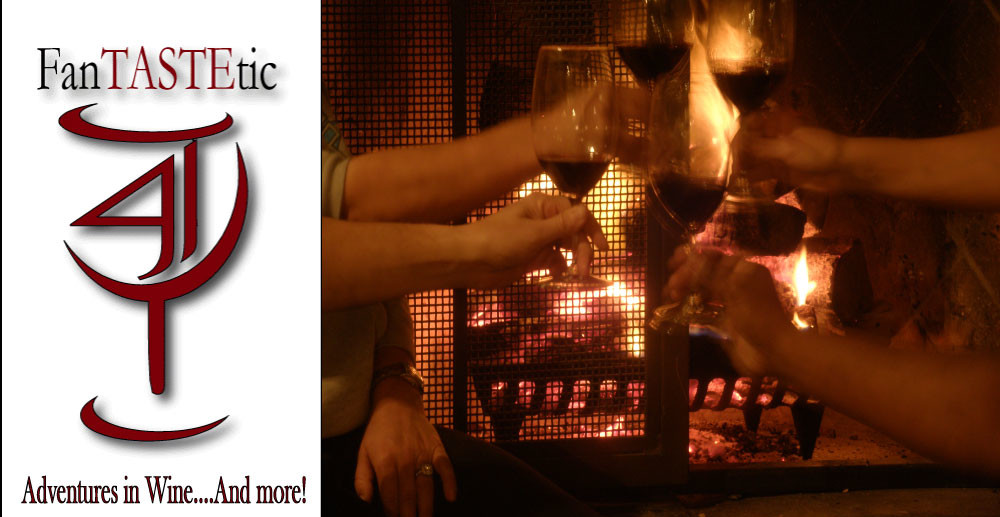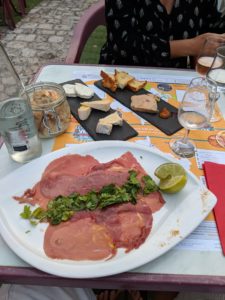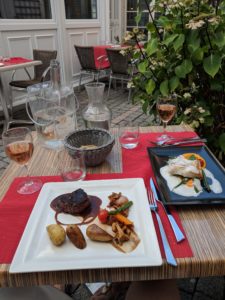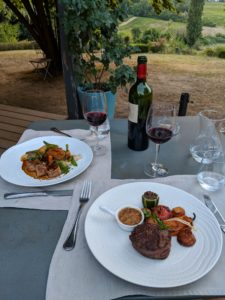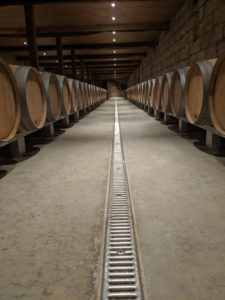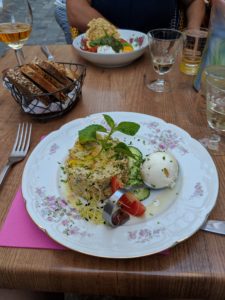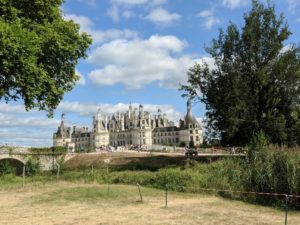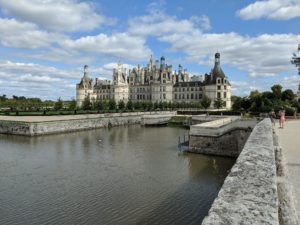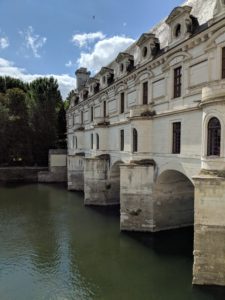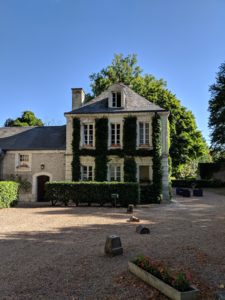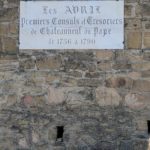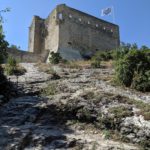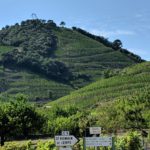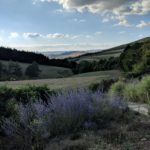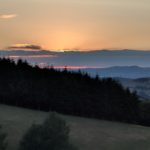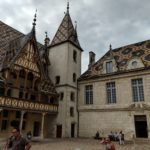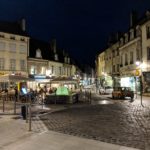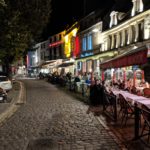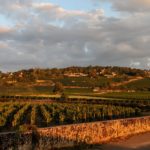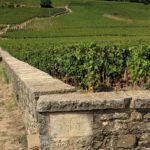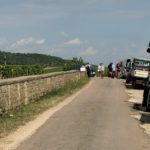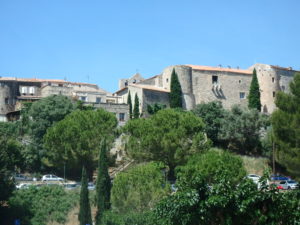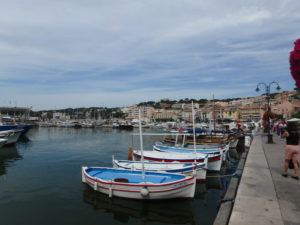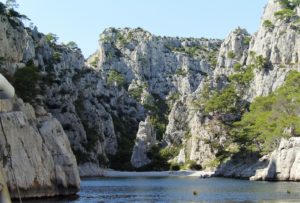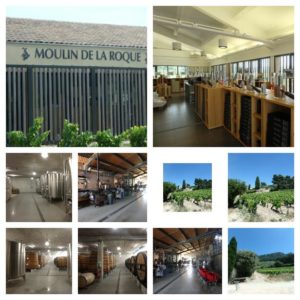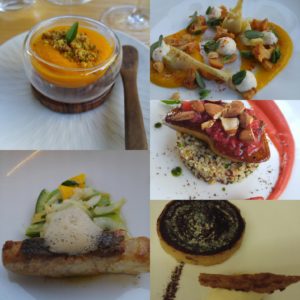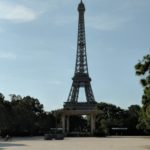 What I did on my summer vacation……
What I did on my summer vacation……
Here is the short attention span answer; I went to France for 3 weeks. It was amazing. The food, the wine, the culture, the wine, everything. You can forget about all the “warnings” you have read about France (they don’t like Americans, they don’t or won’t speak English, they are rude), I did not experience any of that. If you have not been, you need to go. If you have been, you need to go back. If you would like to learn more then continue reading.
I have wanted to go to France for a while now, both because of all the mystique and also because it was hard for me to grasp the different regions without ever being there. Unfortunately France is a large country and cannot be fully explored in a short amount
of time. This means either a long vacation or multiple trips. Fortunately I was able to carve out a 3 week period that hit the sweet spot for travel to France. Just as an aside, this is something to consider. France does have seasons, most notably winter, tourist and harvest. The first two do not really need any explanation on why they should be avoided. If you are interested in wine (and if you are going to France you very well should be) then you will want to avoid the heart of harvest season. Many of the wineries in France are still family operations and/or relatively small. Harvest season requires “all hands on deck” and so they likely will not be able to spend the same amount of time with visitors (if they can break away at all) as they would in the other seasons. Our window was at the tail end of tourist season (still warm, less crowds, better service) and ended just as harvest started.
We flew into Paris and had an evening and a full day to explore. Can you do Paris justice in less than 4 days? No. But neither of us are big city people and we wanted to
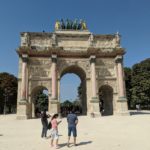
Arc de Triomphe
get to the country side ASAP. And while I will definitely want to explore some of the many museums and monuments in Paris when I go back, this was not the focus of this trip. We decided to download one of the many bike rental Apps and ride along the Seine River, which is where many/most of the Paris highlights are. Not a bad deal for $12 and we got to “see” everything we wanted to (just not explore).
The following morning we rented a car, loaded up and hit the road. Our first stop, the Loire Valley. We did make a 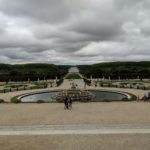 detour to Versailles. As luck would have it we arrived on a Monday and it is closed for tours on Monday. Perfect. We did not want to go inside and could now explore the grounds (which are still open and very much worth visiting) without any crowds and didn’t even have to pay for parking.
detour to Versailles. As luck would have it we arrived on a Monday and it is closed for tours on Monday. Perfect. We did not want to go inside and could now explore the grounds (which are still open and very much worth visiting) without any crowds and didn’t even have to pay for parking.
Another side bar here. We wanted to keep this trip as spontaneous as possible so aside from Paris we only had two other reservations. We had a general idea of where we wanted to go but did not want to be restricted by too much pre-planning (especially since neither of us had ever been there). We wanted to be able to stay an extra night if we fell in love with an area or divert off of our path if we were told of a place we could not miss. Obviously this strategy is a bit risky and we knew that we might end up sleeping in our car on occasion. That never happened. In fact our plan worked perfectly. We did extend our stay at several places, diverted off our original path a couple of times and never had to sleep in our car. We would generally discuss our following days plans at dinner and then go on-line either in the morning or on the drive to lock in our evening reservations. I would not recommend this method for all trips but it worked well for us because of the time of our travel (not high season) and the fact that we generally avoided the larger, more popular cities.
The Loire Valley is known for its Chateaus (read castles). These “hunting” lodges popped up all along the river in the 1700’s as the nobles tried to keep up with the Jones. They also became a very popular gift for favorite mistresses. This leads to some very
entertaining history and I do recommend learning a bit about it beforehand so that it can 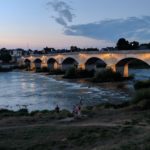 be thoroughly enjoyed. Outside of that it is mostly farm land which explains the phenomenal cheeses that come from this area. As this is a bit north the wines produced in this area are generally whites although we did find some good reds as well. If I had to compare it to a region that I am familiar with it would be the Finger Lakes region in New
be thoroughly enjoyed. Outside of that it is mostly farm land which explains the phenomenal cheeses that come from this area. As this is a bit north the wines produced in this area are generally whites although we did find some good reds as well. If I had to compare it to a region that I am familiar with it would be the Finger Lakes region in New
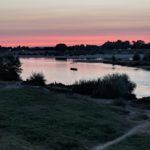
Sunset on the Loire River
York. Somewhat cooler climate, similar topography, and similar vibe. Compared to other French wine regions, the Loire Valley is a bit more relaxed and smaller in production. Many places do not require any reservations and more often than not the person doing the pouring is also the wine maker (and grower, warehouse manager, distributor…).
From there we headed south to Bordeaux , the polar opposite of the Loire Valley wine scene. This is the land of very old, very big and very famous wineries and they are not afraid to tell you. This is one of the places we did make reservations. The B&B we
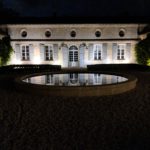
Chateau Beauregard at night
stayed at was actually a winery in Pomerol, Chateau Beauregard. We were fortunate in that we were the only people staying there at that time which made us feel like royalty since we had the whole place to ourselves in the evenings and while eating breakfast. It was also very close to the town and region of St. Emillion, a beautiful medieval village overlooking even more beautiful vineyards. Wineries in Bordeaux generally require a reservation. They usually include a tour and a tasting of 2-3 wines and last about an hour. You can find wine shops and tasting rooms for smaller wineries in the villages and these do not require reservations. After two days of playing king and queen 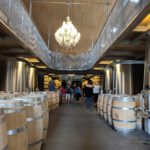 at our own Chateau (that we let them make wine at during the day) we left the amazing country side and plunged into the city of Bordeaux, home of the City du Vin. City du Vin
at our own Chateau (that we let them make wine at during the day) we left the amazing country side and plunged into the city of Bordeaux, home of the City du Vin. City du Vin
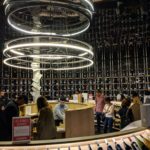
The City du Vin wine store
is an interactive museum dedicated to wine, wine history and France in wine history. A definite DO NOT MISS. As an added plus, they have a self-serve wine bar where you can taste wines you would otherwise not be able to afford from the region. This was an unexpected bonus because Bordeaux is a large region and you could easily spend a week or two here alone. This allowed us to taste the wine from areas of Bordeaux that we did not visit. Bordeaux is a large city with a great farmers market that has many food stands, all of which looked incredible. We did stop by the sea food stand and while I recommend the oysters and shrimp, the rest of the sea food did not stand out. I would also recommend doing some homework on the restaurants in Bordeaux. The choices are endless and can be a bit overwhelming and many require reservations. This was the one time I wish we had planned ahead a little more.
Then it was into southern France/Provence, land of Rosè. We spent a couple days

An entire cooler of Rose?
driving through Provence, with stops in Arles and Cassis, no our way to Èze. Arles is not much of a tourist town, which can be a good thing some times. We did not explore much here but there was not much to see. I did have a phenomenal dinner here with one of the most interesting food pairing I have had, legumes with ice cream as an appetizer. Cassis is a great water front village and I would spend a little more time here on a return visit. Our only other reservations for the trip were for the Hotel Hermitage in Èze. Èze is an awesome small medieval village perched high on a ledge overlooking the 
ocean in between Nice and Monaco. While Nice and Monaco are both lands of the rich and famous, Èze is more low key and much less pretentious. This was a great place to relax and decompress for a while, so much so that we extended our original stay here for an extra night.
After catching our breath and laying out at the water side in Èze our next stop was Chateauneuf du Pape. This is a great little town with a tasting room on every block. Reservations are not needed but there is an expectation that you will purchase something. This is not difficult because the wine is amazing. Technically still part of Provence, this is really the southern part of the Rhone Valley and these wines, essentially all GSM’s of some sort, were big, full-bodied and very smooth. A great jumping off point into the Rhone Valley. Our first couple nights in the Rhone Valley we spent in Vaison la Romaine. Much of the Rhone area was gifted to the young retired generals from the Roman army after their conquests. You can imagine why the Roman
leaders did not want a lot of battle tested young generals lounging around Rome with nothing to do. This has left the Rhone area with a vast array of Roman ruins to explore (in-between tasting the wine). The countryside of the Rhone Valley was by far my favorite throughout France. Something about the rolling hills covered with vines was quintessential France for me and was what my visions of France were before getting here. Many of the wineries do not require a reservation and the atmosphere is very relaxed with little pressure to purchase. Another very cool find was that many of the villages have their own tourist center/wine shop. Here you can taste all of the local wines and learn about what makes the area and the local wine makers unique.
Our final leg of the journey was through the Burgundy region. Our first stop here was in Beaune, considered the heart of Burgundy, and over all my favorite town on our trip. It was big enough to have lots of restaurants, tasting rooms and activities yet small enough to be manageable and be able to get anywhere by foot. It also helped that we
rented a flat that was right on the town square so we were right in the middle of all the action. It is also home of the Hôtel-Dieu, which operated as a hospital from the 1400s up to the 1970’s and is now a great museum. One other interesting fact about Beaune is that under many of the streets and houses are miles of underground wine caves that house vintages going back hundreds of years. I could have stayed here several more days but time was running out and we had one more stop, Dijon. On our way to Dijon 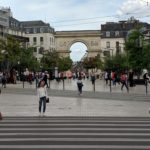 we did have to stop at the DRC vineyard and as luck would have it they had just started harvest. It was fun to see the “mecca” and interesting to see it get managed as any other vineyard would during harvest. I guess the grapes just speak for themselves. Dijon was an interesting city, very young with several universities located here and very commercial as well. I am glad we went but I am not sure I would return here.
we did have to stop at the DRC vineyard and as luck would have it they had just started harvest. It was fun to see the “mecca” and interesting to see it get managed as any other vineyard would during harvest. I guess the grapes just speak for themselves. Dijon was an interesting city, very young with several universities located here and very commercial as well. I am glad we went but I am not sure I would return here.
Overall a phenomenal trip that checked all the boxes I had going in. I feel much more confident about the various regions in France and the wine in general. If you are going to try to explore a large part of France I think 2 weeks is a minimum, otherwise plan on coming back. There is too much here to try to do a whirl
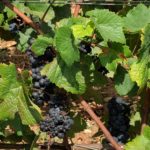
DRC
wind tour and get through it as fast as possible. While we did not have any significant problems not being fluent in French, we did take lessons beforehand so we at least knew some phrases which helped significantly and was much appreciated by the locals. We also purchase 2 books, Rick Steves and Lonely Planet, before hand to read up and get a general idea of where we wanted to go. Phone service is not an issue but you will need an international plan and you can use plastic for purchases almost everywhere. If you are going to drive be prepared to pay, most of the major highways are toll roads.
